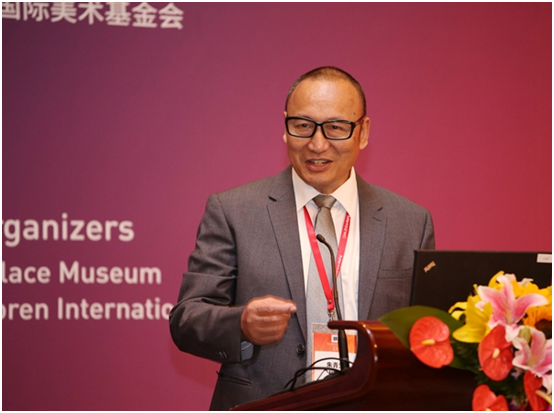The 34th World Congress of Art History opened in Beijing on September 15, 2016. The seven-day event is jointly sponsored by the Congress of the International Committee of the History of Art (CIHA), the Chinese Central Academy of Fine Arts, and Peking University. A total of 21 seminars were organized to showcase the latest achievements of China and the world's study of art history.
Zhu Qingsheng, Professor in the Department of History of Peking University and secretary-general of the Chinese CIHA Committee said, “After eight years of efforts, the 2016 CIHA Congress will witness the gathering of over 300 experts from 43 countries and regions, and moreover, 1000 foreign experts will come all the way to China to attend the congress.” The congress has been organized every four years since 1873, and this year is the first time a non-Western country has hosted the congress.

Shao Dazhen, director of the Chinese organizing committee of the congress, said, “Universality and diversity are always the most interesting and intriguing topics in art history studies.” He hoped that the academic discussion would not only strengthen friendship between Chinese and foreign scholars, but also contribute to the diversity of world art and deepen understanding of Chinese art history.”

Ulrich Grossmann, chairman of the International Committee of the History of Art, said, “Art and art history have a significant influence on the advancement of society, the development of young students, and the improvement of our living conditions.” He was optimistic that the congress would build a bridge between Eastern and Western art history.

The 2016 CIHA Congress analyzed different concepts of art in diverse cultures, and aimed to achieve three goals: the first is to respond to the latest development of art history as a global discipline; the second is to explore art through different definitions that underline its relationship to respective cultural frameworks, and the disparities between different cultures in various periods throughout history; the third is to gain a more comprehensive understanding of art as an essential part of human culture.

Note: Edited from the CIHA 2016 in Beijing website, Xinhua news, iFeng news, and PKU news.
Written by: Liu Xiaoqing



